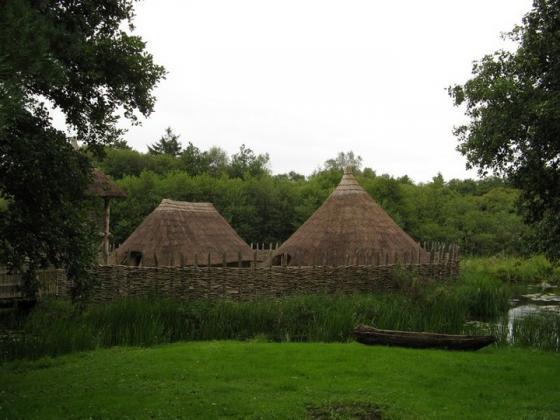
Drystone walling on the upper cashel.

Drystone walling on the upper cashel.

There is much of the ramparts of the hillfort still in situ. This is the middle rampart, towards its northern arc.

Pano of the upper cashel.

The lower cashel.

Entrance to the lower cashel. Much of the material for this iron-age site was taken from the ramparts of the older hillfort.

Artist’s impression of the hillfort.

From one of the many info boards at Mooghaun.

Plan of the ramparts.

Cashel within the hillfort with unusual large stone

Part of the second bank

This is part of the third inner bank

This site stretchs back to the late Bronze Age and it is thought to have been of ceremonial as well as defensive use. It has had many periods of occupation. The attached link has a lovely 3D representation of the site and some aerial photographs and like most hillforts this is the best way to view it.
This hillfort would be good for a picnic/ walk (Unfortunately because of this there is a lot of litter). It is sign-posted from the main Newmarket on Fergus to Ennis Road and has a car-park. It also has 10 information boards and at the summit there is a viewing platform from which the surrounding area can be viewed. There are a lot of decidious tress around so to get the best view of the area best to go in winter.
The Great Clare find of 1854 – Mooghaun
“The find, the largest known in western Europe of associated gold ornaments of the Bronze Age, was made in 1854 during the construction of the Limerick to Ennis railway. Apparently objects were in a structure, such as a small chamber or cist, but it is not possible to ascertain the total content as a number were dispersed after discovery and most of these we melted down”
The Later Bronze Age in Ireland in the light of new research
G. Eogan
Proceedings of the Prehistoric Society
1964
Background on Mooghaun Hillfort




















